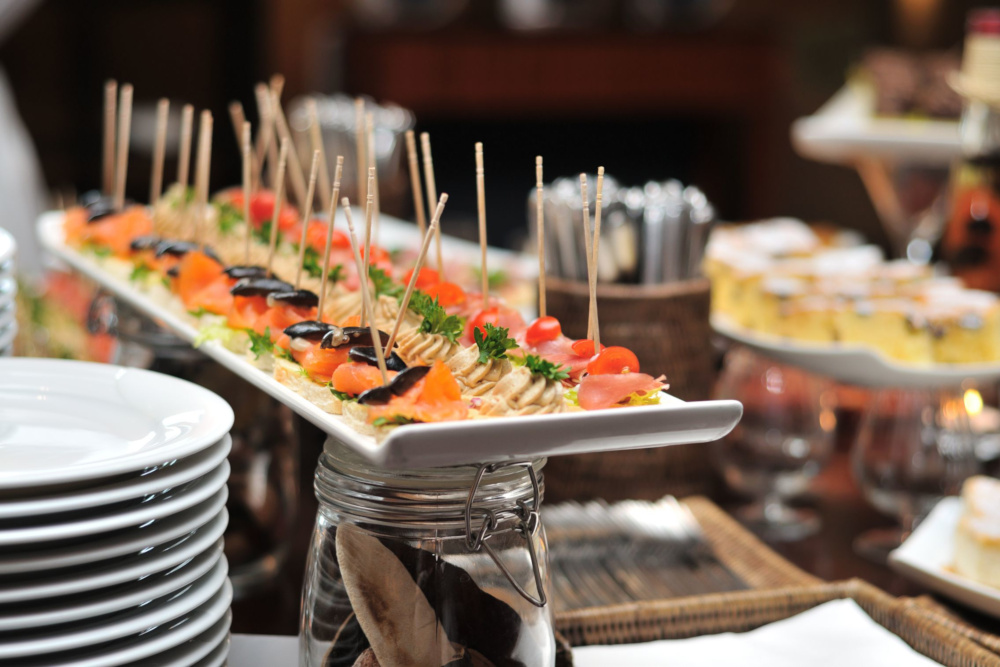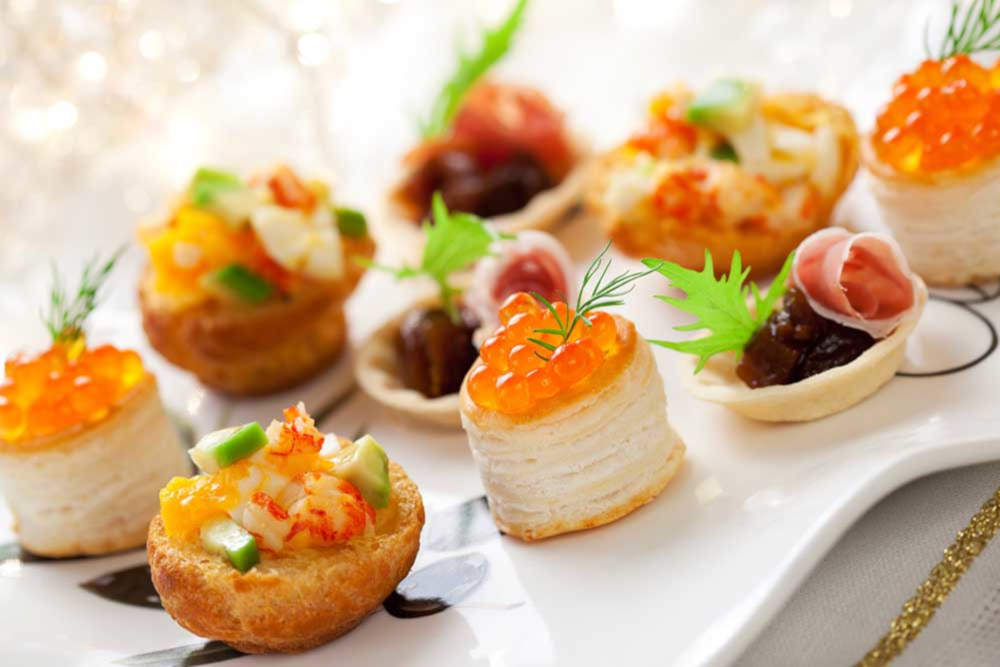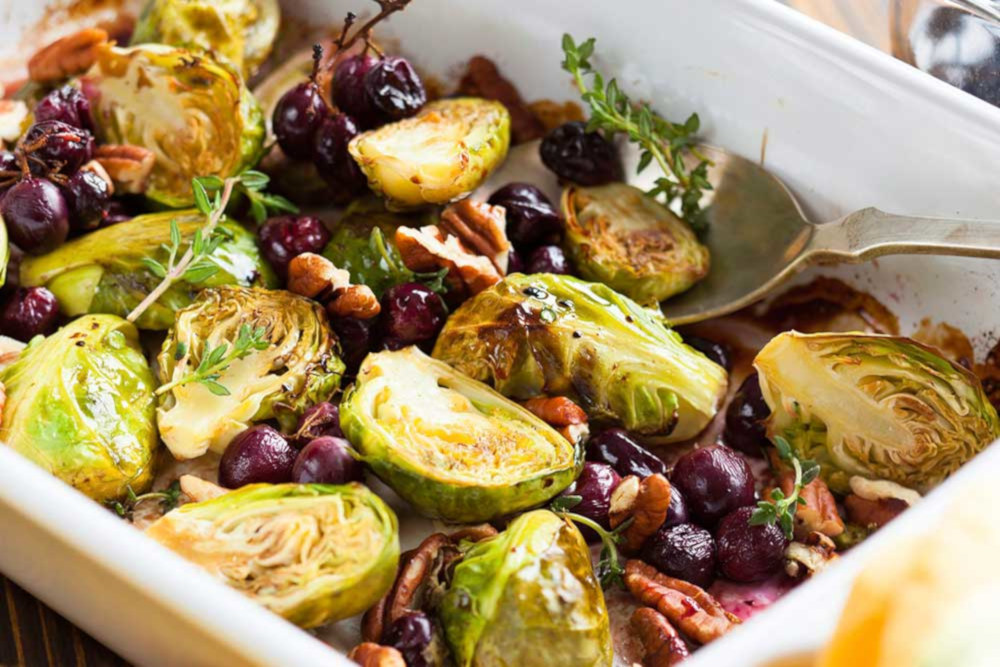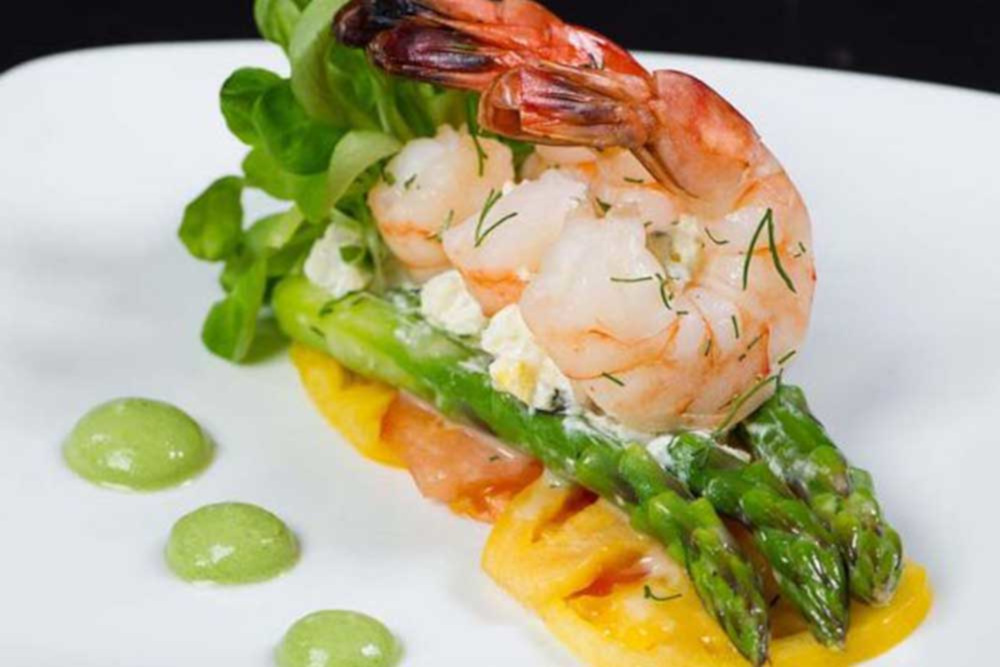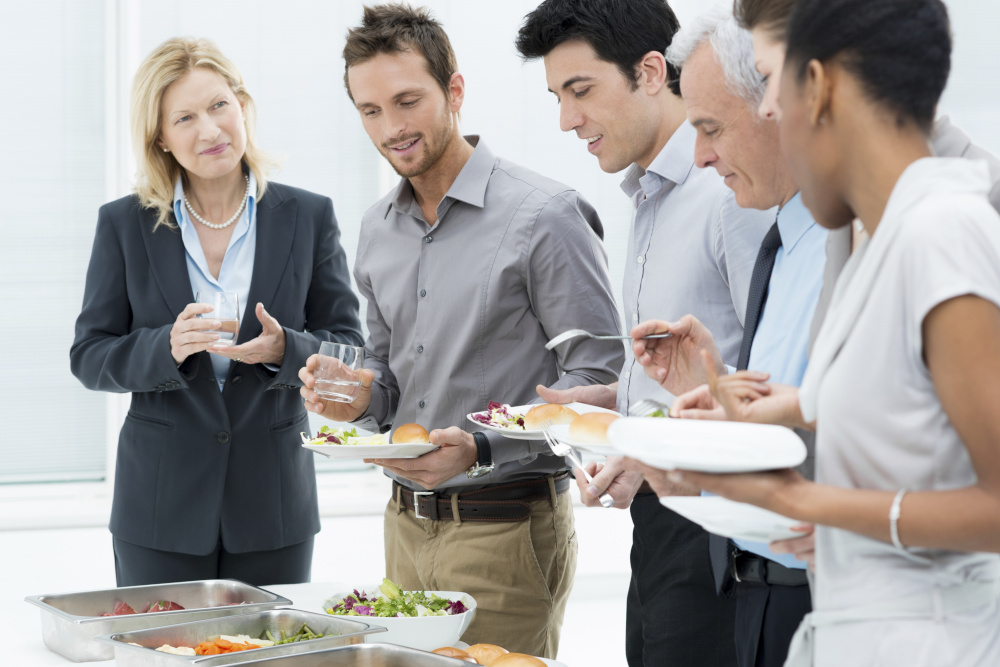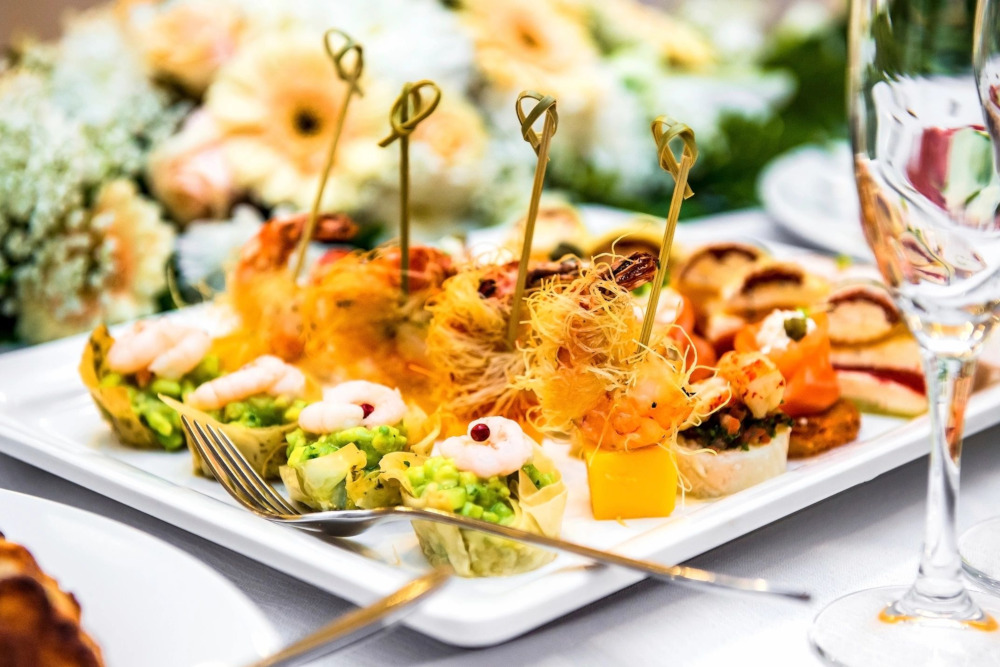10 Tips on How To Plan a Successful Catered Event
When you’re planning a catered event, many factors determine whether your event will be successful or an evening of the same old boring food and drinks. Here are 10 tips on how to plan a successful catered event.
Once you’ve planned your event by choosing the day, inviting the guests, and choosing a venue, now comes the tricky part – planning the food and beverages for this catered event. Whether you’re a first-time event planner and events manager or an old hand at putting together catered menu events, it’s important to consider every step to ensure excellent service, food, and beverages. The following checklist can help you ensure a successful corporate or social event.


